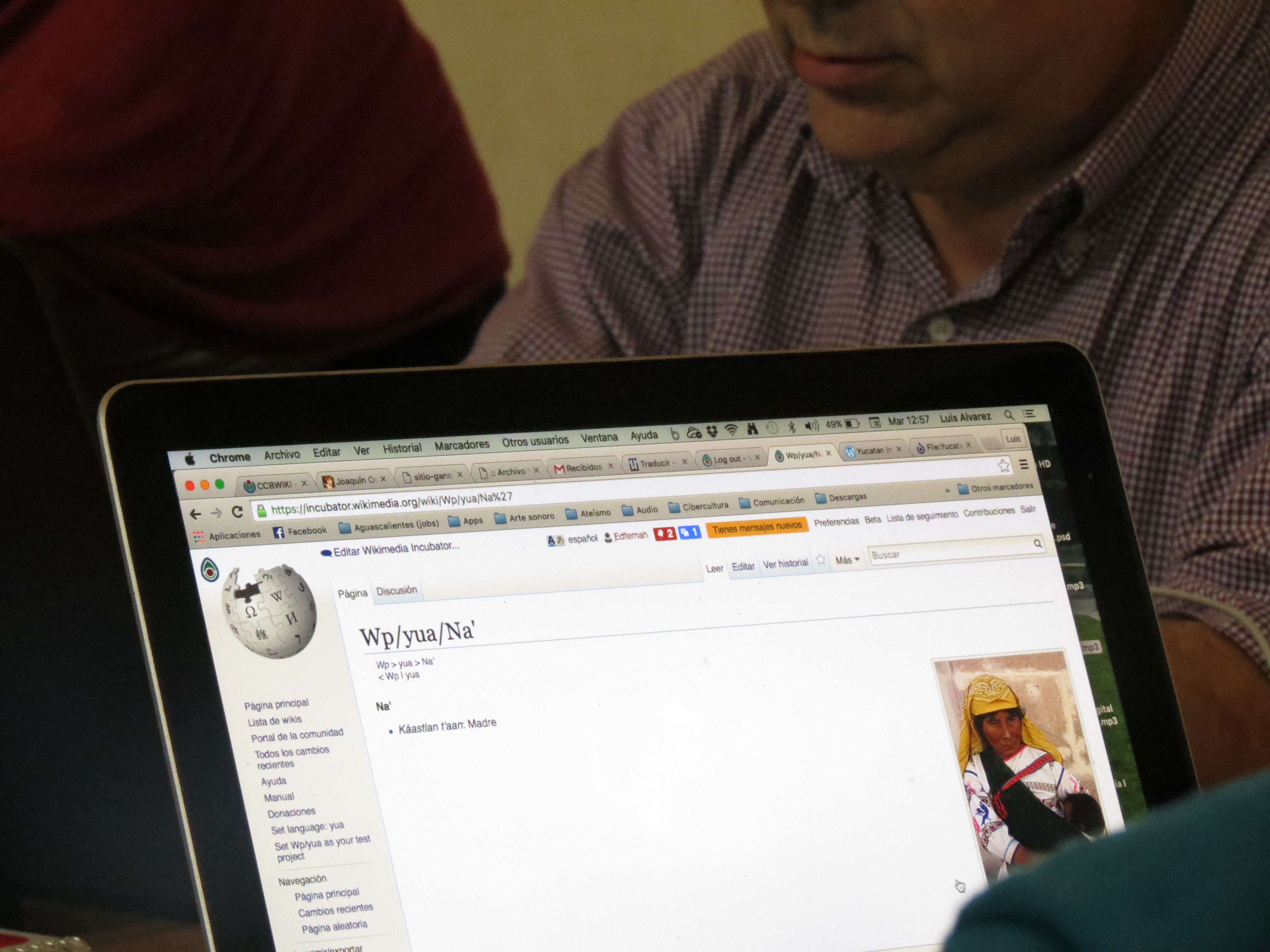
Photography by Luisalvaz [CC BY-SA 4.0 (http://creativecommons.org/licenses/by-sa/4.0)],
undefined
For the selection of the case studies, a set of criteria focused on specific topics related to the use of indigenous languages on Wikipedia was established to determine the essential elements of the best strategy. These criteria are:
1. Official active projects with and without native speakers.
2. Developing active projects with and without native speakers.
3. Inactive projects but with great potential for reactivation.
The selection of case studies aims to document some of the projects, active or inactive, which can serve as a reference to those who work in the field of indigenous languages in digital media.
It should be clarified that not all of the presented case studies meet all the criteria mentioned above, nor do they individually have the same strengths with respect to each of the criteria. Even so, they are representative of the challenges of using Wikipedia in indigenous languages. Due to their innovative, participatory, contextual and culturally adapted perspective, they are viable examples and sources of inspiration.
Taking all this into account, these case studies are not intended to offer perfect models for replication. But they highlight some of the problems they have encountered when carrying out these projects, as well as the proposed solutions to solve them.
In this context, 13 case studies were carried out, which are presented according to the following outline:
- Category and current status of the project
- Geographical scope of the project
- Native group(s) beneficiary(s)
- Project description
- Background: linguistic, socio-economic and political situation of native speakers
- History of the project
- Challenges and difficulties
- Lessons learned: strengths and weaknesses
- Publishers profile
- Contact
